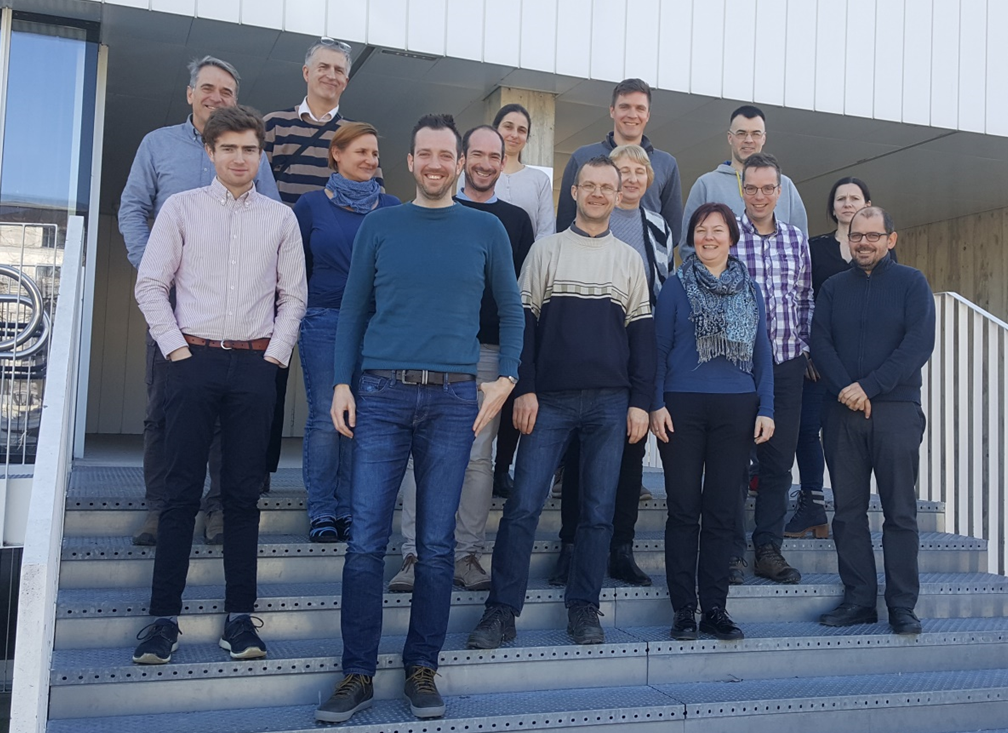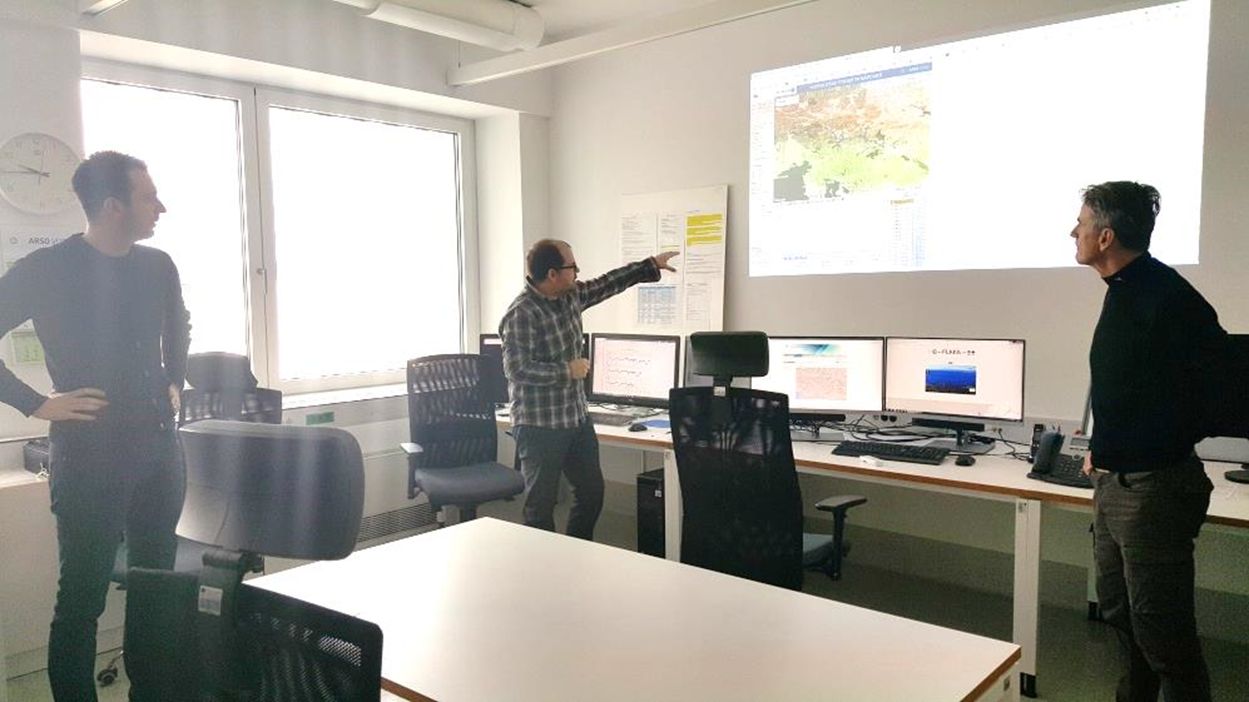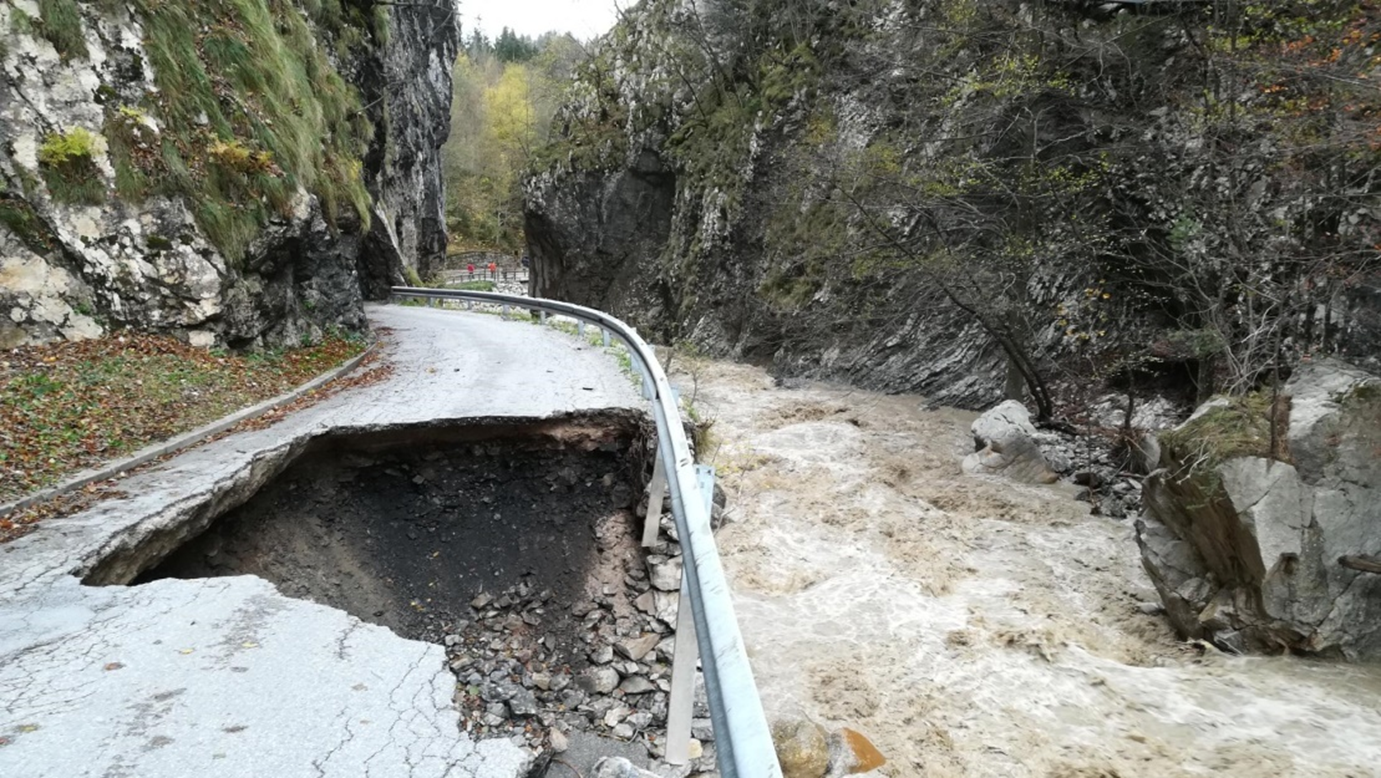
Training for the Slovenian Environment Agency (ARSO) took place in Ljubljana, Slovenia at the Environment Agency on 5-6 February 2020. It was held by Richard Alpfjord Wylde and Jasper Stam from the EFAS Dissemination Centre. In total 20 participants attended the training, 18 staff from the Environment Agency of which 9 from the operational forecasting department, and 9 working on related hydrological activities. Also 2 participants from the EFAS partner – Meteorological and hydrological service of Croatia joined the training. The majority of those working within the forecasting department had previous experience using EFAS, but for many it was their first experience using the system. The workshop was arranged at the request of Andrej Golob, who is the EFAS technical contact at the Slovenian Environment Agency (ARSO).
The objective of the mission was to:
- gain an insight into existing hydrological forecasting operations at the Slovenian Environment Agency and understand the existing role of EFAS.
- introduce EFAS, in terms of both its operational and technical structures, to the duty officers and wider hydrological staff at the Slovenian Environment Agency.
- provide hands-on examples with the EFAS-IS, specifically though the use of case studies from recent flooding events in Slovenia.
- introduce recent EFAS developments and coming changes to the EFAS system, including the new 6h calibration.
- provide information on the notification feedback process.
Summary of activities
The Director of the Meteorology and Hydrology Office, Mr. Klemen Bergant, provided an overview of the key responsibilities and activities that are performed within the hydrological forecasting department at ARSO. The importance of EFAS, both in terms of the added value provided to Slovenia’s national forecasting capability but also in terms of knowledge transfer, was stressed. A tour of the operational forecasting centre was also provided. Slovenia has since 2010 developed a network of MIKE models that provide hourly discharge hydrographs across all catchments, and form the basis of their national warning system (see below). The role of EFAS was also discussed, particularly in relation to the prediction of flash flooding in mountainous catchments.

Next, an introductory presentation of EFAS was led by the Dissemination centre, giving the participants a wide overview of EFAS, introducing the different EFAS centres and structure of the partner network, as well as giving more technical details on the LISFLOOD hydrological model, flash flood modelling and the EFAS notification criteria.
The most significant discussions – and areas where EFAS can provide the most added value in Slovenia – focussed on the use of ensemble based forecasting and flash flood modelling. Many of the participants were not familiar with the use of ensembles, or with the way in which they are presented in EFAS, and therefore a detailed description was provided during the first day’s presentation and later revisited during the case study examples. It was commented by participants that the use of ensembles from EFAS could become a very useful addition to the information that is already available from the national forecasting system in Slovenia. In terms of flash flood modelling, it was stressed that EFAS flash flood notifications and ERIC model outputs are already used to assist in decision making during flash flood situations, particularly in mountainous areas. A request was made for the landslide susceptibility information to be updated and more formally linked to the ERIC indicator, rather than being based upon static maps of landslide risk.
Hands-on sessions focussed on flooding events from December 2017 and October 2018. During the 2017 event, no notifications from EFAS were issued, but signals with lower probabilities were still present in both the full hydrological simulation (reporting points) and the ERIC flash flood model. In the case of the latter, had the new (lower) threshold criteria been applied in 2017 then flash flood notifications would have been issued. In general it was felt that the new flash flood criteria are more appropriate and useful for capturing these events in Slovenia. The 2018 event was more clearly forecasted, and both formal and flash flood notifications were issued. The use of these two events demonstrated the added value and skill that EFAS provides, but also more critically the importance of checking the LISFLOOD simulations even when notifications are not issued.

Finally, the availability of EFAS data via the MARS and CDS archives was discussed and many of the participants were interested in being able to incorporate these data into their own work. Similarly, the EFAS-IS WMS capabilities were seen as an important and positive improvement.

